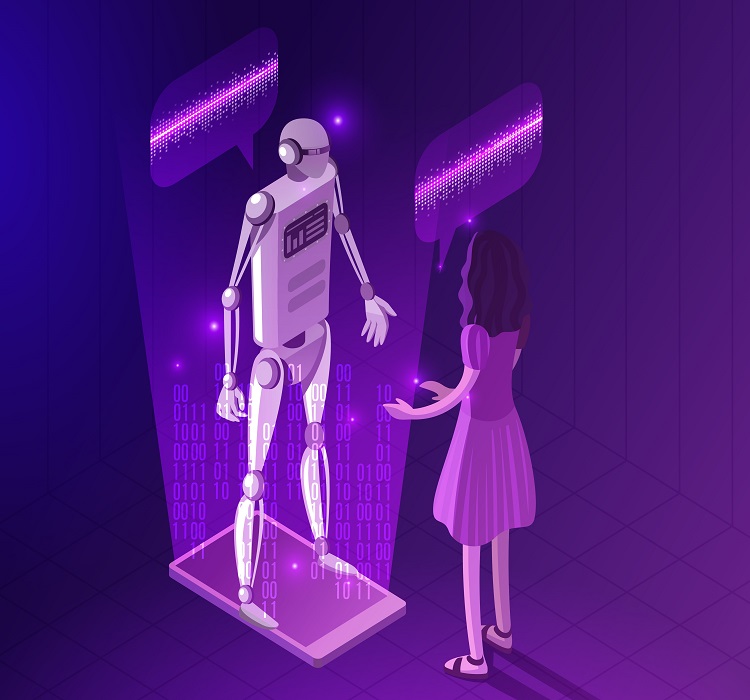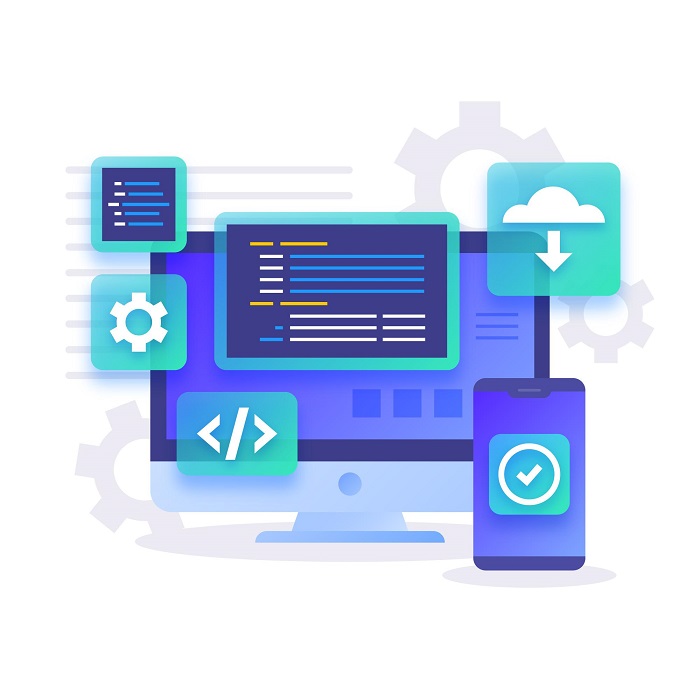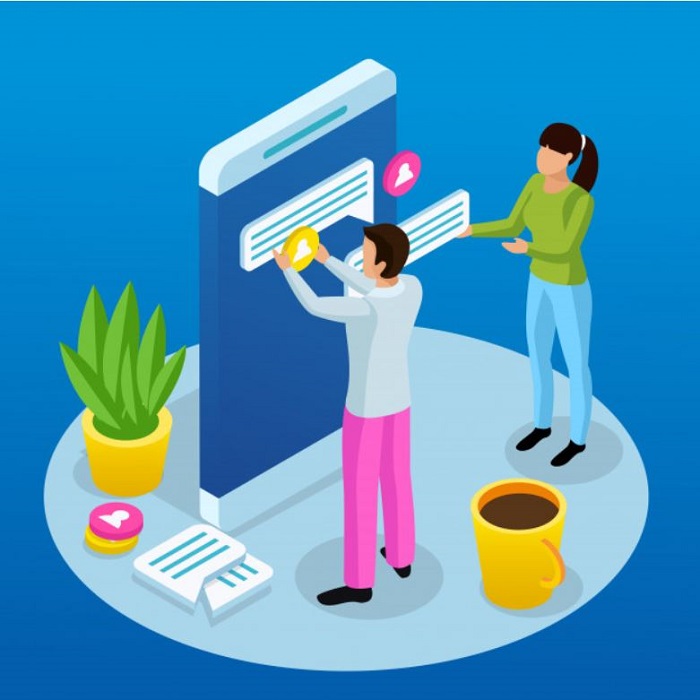Hi, I'm Kunj
Software Developer @ Barclays
Regulatory and Settlements tech in office, Data Science at home, and passion for finance on the side
Contact MeAbout Me
My Introduction
I collaborate cross-functionally to build RegTech and Settlements products that automate, modernize and streamline business processes, and am currently working with the Global Settlements team.
With a Master's in Computer Science from Rutgers, I specialize in data science which I also leverage in my collaboration with Quants on a text processing framework.
In my spare time, I maintain a Medium blog with over 50,000 views, focusing on cutting-edge AI research and industry trends.
Completed
Written
Papers
Skills
My Technical LevelDevelopment
All About the CorePython
90%Java
70%SQL
85%PySpark
75%R
50%C#
70%JavaScript
70%Android
60%MS Excel
70%Photoshop
70%Indesign
90%Frameworks
Everyone Needs SupportFastAPI
90%Pydantic
90%SQLAlchemy
80%NumPy
80%pandas
90%matplotlib
70%scikit-learn
85%Spark MLlib
70%Pytorch
85%Deep Graph Library
55%OpenCV
65%Pillow
65%NLTK
60%streamlit
80%seaborn
70%Flask
40%Machine Learning
Theory, theory!Linear and Logistic Regression
95%Decision Trees
95%Ensemble Models
90%Clustering
65%Convolutional Neural Networks
80%Graph Neural Networks
60%Recommender Systems
75%Natural Language Processing
75%Exploratory Data Analysis
90%Multi-modal Learning
70%Cloud and Engineering
Fly Fast & High!AWS Sagemaker
65%AWS EMR
75%AWS Lambda
70%Docker
60%Apache Airflow
40%Kafka
40%Databases and Viz
Wow! FactorTimescaleDB (Postgres)
90%SQLServer
85%MySQL
85%AWS Redshift
75%Amazon RDS
70%Tableau
50%Looker
60%Qualification
My Personal JourneyMasters of Science in Computer Science
Rutgers University, NJ, USAExchange - Computer Science
Princeton University, NJ, USAB.Tech in Computer Engineering
K.J. Somaiya, University of Mumbai, IndiaHigher Secondary in Science
Pace Junior Science College, Thane, IndiaSoftware Developer
BarclaysData Scientist Intern
EluvioTeaching Assistant
Rutgers University School of Graduate StudiesBusiness Analyst
QuantiphiProject Intern
Fractal AnalyticsPortfolio
My ProjectsResearch
My PublicationsInternational Journal of Computer Applications
Vol. 178, No. 50 (43-49)
Abstract
Abalones are sea snails or molluscs otherwise commonly called as ear shells or sea ears. Because of the economic importance of the age of the abalone and the cumbersome process that is involved in calculating it, much research has been done to solve the problem of abalone age prediction using its physical measurements available in the UCI dataset. This paper reviews the various methods like decision trees, clustering, SVM using Tomek links, CGANs and CasCor used in an attempt to solve it. Furthermore, in contrast to previous research that saw this as a classification problem, this paper approaches it as a linear regression problem and analyses the results.
International Journal of Computer Sciences and Engineering
Vol. 8, Issue 6 (1-5)
Abstract
Natural Language Processing is an active and emerging field of research in the computer sciences. Within it is the subfield of text simplification which is aimed towards teaching the computer the so far primarily manual task of simplifying text, efficiently. While handcrafted systems using syntactic techniques were the first simplification systems, Recurrent Neural Networks and Long Short Term Memory networks employed in seq2seq models with attention were considered state-of-the-art until very recently when the transformer architecture which did away with the computational problems that plagued them. This paper presents our work on simplification using the transformer architecture in the process of making an end-to-end simplification system for linguistically complex reference books written in English and our findings on the drawbacks/limitations of the transformer during the same. We call these drawbacks as the Fact Illusion Induction, Named Entity Problem and Deep Network Problem and try to theorize the possible reasons for them.
Certifications
Extra Courses I have Undertaken
GARP FRM Part I
Expiry Date: Does not expire

Certified Cloud Practitioner
Expiry Date: July 17, 2024

LookML Developer
Expiry Date: March 28, 2022

AWS Machine Learning Engineer Nanodegree
Expiry Date: Does not expire

Applied Data Science with Python Specialization
Expiry Date: Does not expire

Machine Learning
Expiry Date: Does not expire












































